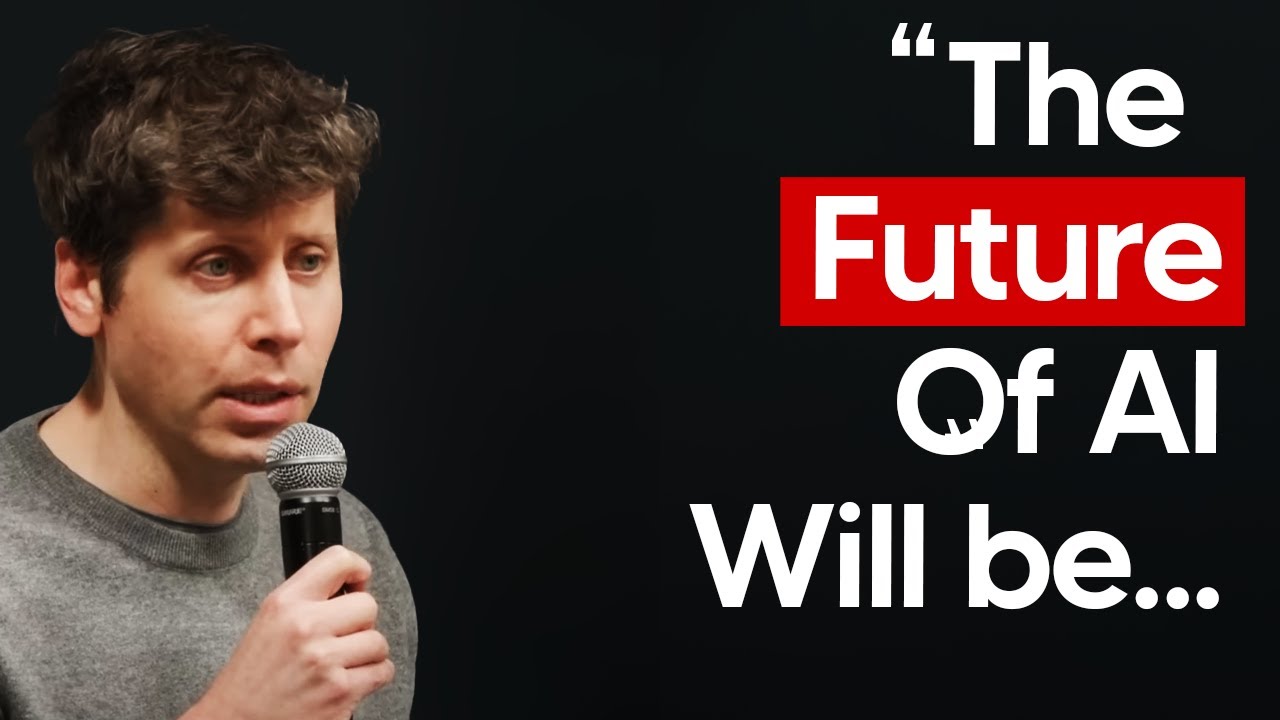The video explores Sam Altman’s optimistic predictions about the rapid advancement of AI leading to significant milestones by 2035, including cognitive agents, novel insight generation, and autonomous robots, while acknowledging the uncertainties and challenges of aligning AI with human values. It also presents critical perspectives from experts who caution against overhyping AI capabilities and emphasize the need for realistic expectations and safety measures in the development of superintelligent systems.
The video discusses Sam Altman’s recent blog post titled “The Gentle Singularity,” which explores the future trajectory of artificial intelligence (AI) and the concept of the singularity—the point at which AI surpasses human intelligence and begins recursively improving itself. Altman suggests that humanity has already passed the event horizon of this singularity, with AI development accelerating rapidly and becoming less mysterious than expected. The singularity is likened to a black hole, where predictability breaks down, and the future beyond it is uncertain. Altman forecasts significant AI milestones leading up to 2035, including the arrival of cognitive agents, novel insight-generating systems, and autonomous robots.
The video highlights key timeline predictions from Altman and contrasts them with other experts. For instance, Altman predicts 2025 as the year agents capable of real cognitive work will emerge, while respected AI researcher Andrej Karpathy cautions that this is more likely a decade-long development rather than a single-year event. By 2026, Altman expects AI systems to generate novel insights, supported by examples like Google’s AlphaEvolve, which demonstrated AI’s ability to solve open mathematical problems. By 2027, he anticipates the deployment of autonomous robots capable of performing real-world tasks, marking a significant shift in how AI integrates into daily life.
The discussion also covers the broader implications of superintelligence and the alignment problem—ensuring AI systems act in accordance with human values and intentions over the long term. Altman and others emphasize the importance of solving this challenge to prevent harmful outcomes from misaligned AI goals. The video references other prominent thinkers like Ray Kurzweil, who predicts human-AI merging around 2045, and Nick Bostrom, who studies the risks and opportunities of advanced AI. These perspectives underscore the transformative potential of AI while acknowledging uncertainties about the pace and nature of progress.
Criticism of Altman’s optimistic timelines and claims is also addressed, particularly from AI expert Gary Marcus, who accuses Altman of overhyping AI capabilities and making promises that may not be fulfilled. Marcus argues that scaling large language models alone will not lead to true artificial general intelligence (AGI) and points to past instances where Altman’s statements were misleading. The video notes that several former OpenAI employees and other AI leaders share skepticism about Altman’s approach and transparency, raising concerns about the realistic expectations for AI development and safety measures.
In conclusion, the video presents a balanced view of the ongoing debate around the future of AI, highlighting both the exciting possibilities outlined by Sam Altman and the caution urged by critics. It emphasizes that while AI is advancing rapidly and may soon reach unprecedented levels of intelligence and autonomy, significant challenges remain in ensuring its safe and beneficial integration into society. The timeline for the singularity and superintelligence varies among experts, making it a topic of active discussion and speculation. Ultimately, the video invites viewers to consider these perspectives and reflect on the profound impact AI could have in the coming decades.
